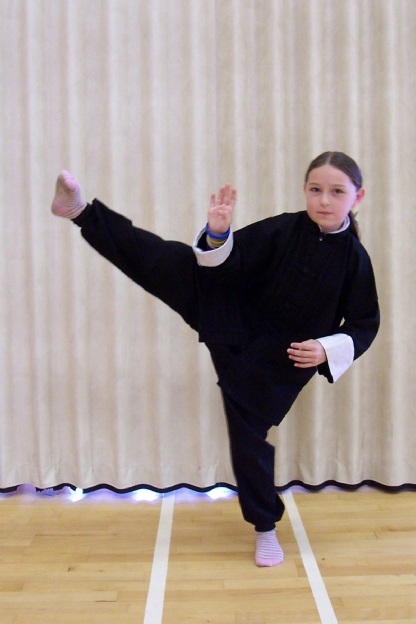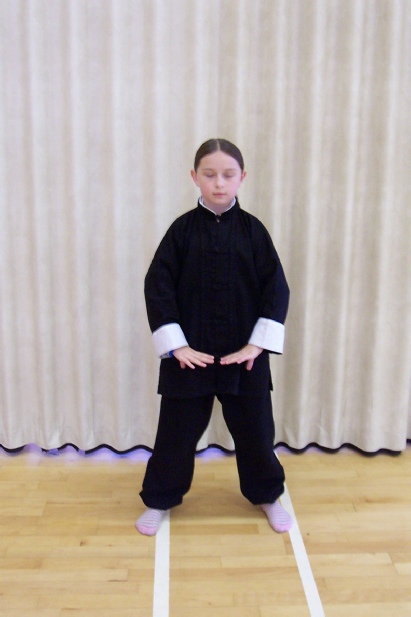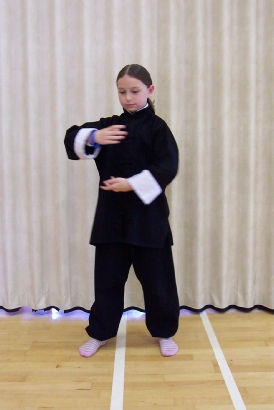






Literal Translations:
Tai: Body
Ki: Spirit / Spiritual Energy
Implications of translation:
The Japanese, for thousands of years have been aware of an ability to sense the proximity of other people (and other living creatures) nearby. In the absence of any knowledge of electricity or its function in the living body they had no way of understanding its effect on their own body or why that sense changed in proximity to other living creatures, but they were aware of how to feel for it and in some cases, develop an extreme sensitivity.
In addition to that sensitivity, they also developed methods to control the energy they could sense, to channel and direct it, and reinforce areas of their bodies to become practically impervious to impact from others, and to direct it within an attack to reinforce the physical technique and conditioning. The way this was evaluated was by the use of breaking solid objects over the body and with attacks from the unprotected body to solid objects.
Further to developing the capability to manipulate their own bio-
The next step in the development of the Japanese study of Ki since it was now considered spiritual energy, was that you could not only manipulate the path and channels of energy within our bodies, but to control the field emitted. It was also realised that energy travelling along those channels or “meridians” in the body had an effect on the organs of the body so that both healing and harm could be done to yourself and others by correctly (or incorrectly as in some cases) manipulating specific areas along these meridians. This was done by applying pressure at particular angles and became known as pressure points. (This discovery was further developed in no small part due to the influence of Chinese medicine and Chinese T’ai Chi.)
Tai Ki teaches several different kinds of pressure points including, meridian pressure points, nerve pressure points, tendon pressure points and vascular pressure points. All have different effects, and if used irresponsibly, can cause great harm to others.
Some benefits to Tai Ki practitioners today.
1 Firstly, Tai Ki aids physical conditioning by taking the body through repetitions of both slow and fast (only slow to begin) movements, then free-
2 Secondly, Tai Ki aids mental focus and concentration as each exercise needs your full attention to develop it to its full potential, but also to learn to sense your own, then other’s energy field.
3 Thirdly, Tai Ki is illustrated with its practical combat application to promote understanding of its purpose, and to help reinforce why getting it right is so important. Therefore, for advanced students, sparring with opponents gives an opportunity to evaluate your progress.
4 Fourthly, your self-
5 Fifthly, the ongoing benefit of performing gentle exercise is self-
In short, Tai Ki is of proven benefit to physical and mental health; it is a combat discipline, therefore practical for self defence, and is gentle enough to be suitable for most people, yet challenging enough to keep even fitter people stretched as their skill and talent progresses. The risk of harm to the practitioner is extremely low for the first few years, and only develops with the desire to progress, so you don’t have to fight with it, you can just learn to your own level of comfort.
Thank you for your interest in Tam-



